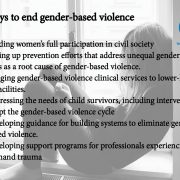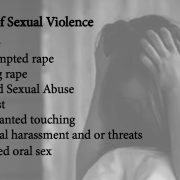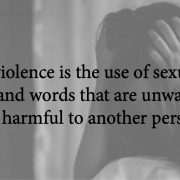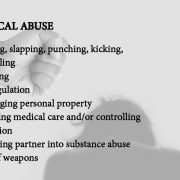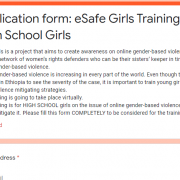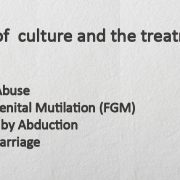Six ways to end gender-based violence
- Funding women’s full participation in civil society. Women who are active in civil society can be highly effective in influencing global, regional and national treaties, agreements and laws and in exerting pressure to ensure their implementation. More money needs to flow toward supporting women’s active participation in civil society.
- Scaling up prevention efforts that address unequal gender power relations as a root cause of gender-based violence. Some programs have effectively structured participatory activities that guide the examination of gender norms and their relationship to power inequities, violence and other harmful behaviors. They work with multiple stakeholders across the socio-ecological spectrum and across multiple sectors. But, we need to do a better job of evaluating these programs so we can move them from limited, small-scale pilots to larger-scale, societal-change programs.
- Bringing gender-based violence clinical services to lower-level health facilities. The provision of gender-based violence clinical services has focused on “one-stop shops” at high-level facilities, such as hospitals, where all services are offered in one place. But, the majority of people who access services at high-level facilities do so too late to receive key interventions, such as emergency contraception and HIV post-exposure prophylaxis. For faster access, we should focus on bringing services closer to the community, particularly in rural areas.
- Addressing the needs of child survivors, including interventions to disrupt the gender-based violence cycle. In shelters and services for women, it is common to see children of all ages in waiting rooms or safe houses. But, it is rare to see anyone working with these children, who have experienced a traumatic event. Sometimes they are victims, but most likely they are witnesses to violence against their mothers. We lack trained professionals to work with children who have experienced gender-based violence, especially when the perpetrators are parents or other family members.
- Developing guidance for building systems to eliminate gender-based violence. There is ample global guidance on how to address gender-based violence through certain sectors, such as health, or through discrete actions, such as providing standards for shelters or training for counselors. But, we are missing practical guidance for building the whole system from A to Z — putting laws into practice, raising awareness of services and creating budgets.
- Developing support programs for professionals experiencing secondhand trauma. After three years of working with a program to address school-related gender-based violence, I had to walk away. Despite my commitment to ending gender-based violence, I simply could not hear another awful story. My experience is not unique. Burnout is a reality, and we lack qualified people to deal with gender-based violence survivors.
Source degrees

